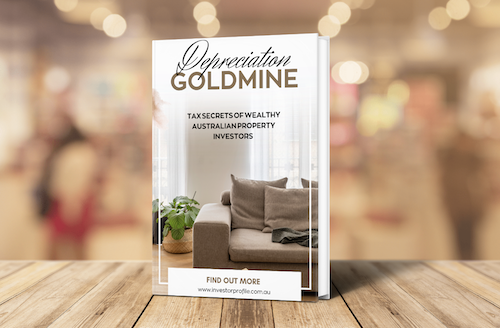How Much Can I Borrow? Estimating Your Loan Capacity in 2025
Before you start house–hunting or eye that next investment property in Australia, you need to know how much a lender will let you borrow. In 2025, banks and other financiers will closely examine your income, living expenses, existing debts, number of dependents and their internal lending rules—this includes debt-to-income (DTI) limits, interest-rate buffers and serviceability benchmarks.
Key Financial Factors Considered by Lenders
- Gross Salary: Your taxable income is the cornerstone. A full-time worker on $75,000 per year is a common example.
- Government Benefits: Family Tax Benefit A & B (for example, $7,500 annually) may be partly or fully included in your serviceability assessment.
- Dependents: Two children will raise your assumed living costs, trimming your available loan buffer.
- Assets & Liabilities:
- A primary home worth $440,000 with a $259,000 mortgage.
- Weekly repayments of $625 (about $32,500 per year), though lenders often apply a minimum of $1,170 per month when calculating capacity.
- $30,000 in savings and $26,000 in redraw—useful for deposits but not directly boosting borrowing power.
Estimating Your Borrowing Capacity
Lenders use conservative “assessment rates” to guard against future rate rises. Even if your loan has a 6% interest rate, they may test your repayments at 9%.
Calculation Snapshot:
- Total assessable income: $75,000 (salary) + $7,500 (FTB) = $82,500 per year.
- Monthly after-tax income + FTB: Approximately $5,500.
- Estimated living costs (based on HEM): $3,200 per month.
- Surplus for loan servicing: ~$1,138 monthly.
At a 9% assessment rate over 30 years, that buffer equates to a borrowing capacity of around $141,400.
Impact of Other Factors
- DTI Limits: Many lenders cap total debt at 6× income. On $82,500 annual income, that’s $495,000 maximum debt. Subtract your $259,000 mortgage and you’d have room for ~$236,000—but strict serviceability rules often reduce that further.
- LVR & Deposit: With $30,000 in savings, you could target properties up to roughly $170,000–$175,000, depending on your lender’s maximum LVR.
Tips to Boost Your Borrowing Capacity
- Limit discretionary expenses to lower assessed costs.
- Increase income via side gigs or rental returns.
- Pay down existing debts.
- Consider a joint application if you have a partner or family member.
Final Thoughts
Based on standard expenses, no additional debts and a conservative stress-test rate, your borrowing capacity in 2025 is roughly $141,400. For a precise assessment using lender-specific calculators, speak with a mortgage specialist.

Discover the #1 tax secret wealthy Australian property investors use to grow their portfolios faster — even in a high interest rate environment.
- Learn how to turn wear and tear into wealth
- See real examples of $15,000+ first-year deductions
- Understand how to structure your purchases for maximum after-tax ROI
Download Your Free Wealth Building Guide
This ebook reveals how to legally slash your tax bill while building long-term wealth through property. Learn the strategies savvy investors use to gain an edge — even before settlement.
- Maximise tax deductions and improve cash flow
- Understand Division 40 vs 43 and how to claim both
- Position yourself to reinvest and scale faster
If you’d like tailored guidance or want to explore strategies to improve your borrowing power, contact our property finance team for expert advice.


